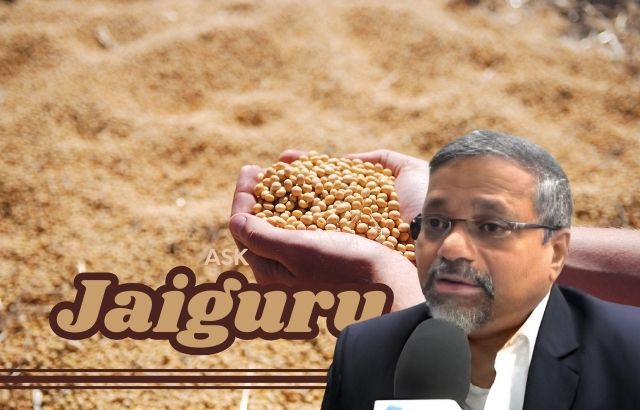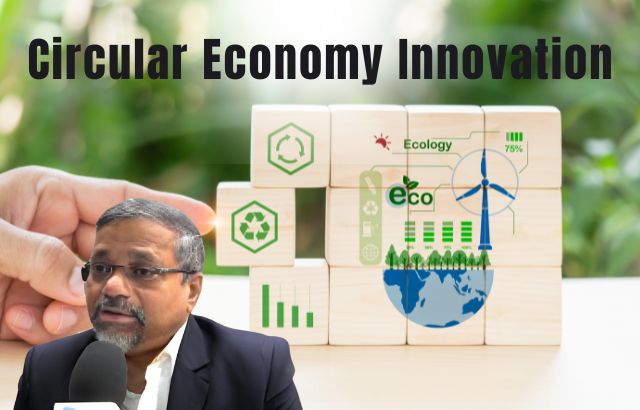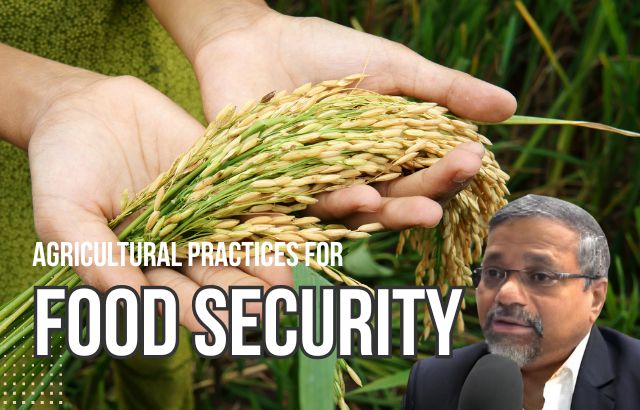Table of Contents
ToggleIn an age of heightened environmental awareness, the importance of sustainability in all sectors cannot be overstated. One of the most crucial strategies that green innovators employ is Resource Efficiency Analysis. This process involves optimizing the use of resources like energy, water, and raw materials to minimize waste, reduce costs, and enhance environmental outcomes. It plays a vital role in driving sustainable business practices, especially in industries like agriculture, where resource usage has a direct impact on environmental sustainability and profitability.
What is Resource Efficiency Analysis?
Resource Efficiency Analysis is the practice of carefully managing the consumption of natural resources in order to achieve the highest productivity with the least amount of environmental impact. By reducing the consumption of raw materials, energy, and water, businesses and innovators can decrease their environmental footprint, lower operational costs, and improve sustainability.
For green innovators, such analysis is a way to measure how efficiently they’re utilizing resources and identify areas where efficiency can be improved. This strategy not only helps in achieving environmental goals but also provides economic benefits by lowering waste disposal costs, reducing energy bills, and increasing overall productivity.
The Role of Green Innovators in Resource Efficiency
Green innovators like Jaiguru Kadam, an agricultural innovator, play a crucial role in implementing resource-efficient practices. They help devise strategies that help industries and sectors minimize their impact on the environment by optimizing the use of key resources. Their role involves:
- Conducting Resource Audits: Innovators examine how resources such as water, energy, and raw materials are used in a given process or system. By identifying areas of waste or inefficiency, they help businesses make improvements.
- Developing Sustainable Solutions: Based on the findings from resource audits, green innovators design and implement solutions to optimize resource use. These solutions might include the adoption of renewable energy sources, the installation of efficient irrigation systems in agriculture, or the recycling and reuse of materials.
- Monitoring and Improving Efficiency: Once resource optimization strategies are implemented, innovators monitor performance to ensure that the efficiency improvements are maintained. This may involve adjusting processes, introducing new technologies, or continuously improving practices based on feedback and data.
- Raising Awareness and Training: Innovators also play a significant role in educating stakeholders, such as farmers, businesses, and communities, on the benefits of resource efficiency and the practical steps they can take to implement more sustainable practices.
Examples of Resource Efficiency in Agriculture: A Case Study by Jaiguru Kadam
Jaiguru Kadam, an agricultural innovator, has been a pioneer in applying resource efficiency practices in farming. Here’s a look at how he’s made significant strides in optimizing resources in agriculture:
1. Water Efficiency:
Kadam’s farms use advanced drip irrigation systems, which help minimize water usage by delivering water directly to the root zone of plants. This method reduces water waste, ensures crops receive the right amount of water, and improves yield quality. He also uses rainwater harvesting techniques to supplement water supply during dry periods, further conserving valuable water resources.
2. Energy Efficiency:
By transitioning to renewable energy sources like solar power for irrigation systems and farm operations, Kadam’s approach significantly reduces reliance on grid electricity, lowers energy costs, and reduces greenhouse gas emissions. Additionally, the use of energy-efficient machinery for planting and harvesting further enhances operational efficiency.
3. Waste Reduction and Recycling:
Kadam also emphasizes reducing waste by adopting composting techniques. Organic waste from farms is composted and turned into natural fertilizer, which not only reduces the need for chemical fertilizers but also enhances soil health. By reusing materials like plastic mulch and biodegradable packaging, Kadam minimizes waste generation on the farm.
Calculations by Jaiguru Kadam:

1. Water Usage Savings:
- Before the adoption of drip irrigation, a farm used 100,000 liters of water per acre per day.
- After installing drip irrigation, the water usage decreased by 40%, using only 60,000 liters per acre per day.
Water Savings per Acre per Day:
Savings=100,000−60,000=40,000 liters/day\text{Savings} = 100,000 – 60,000 = 40,000 \text{ liters/day}Savings=100,000−60,000=40,000 liters/dayAnnual Savings (Assuming 300 working days):
40,000×300=12,000,000 liters/year40,000 \times 300 = 12,000,000 \text{ liters/year}40,000×300=12,000,000 liters/yearThis represents a significant reduction in water usage, crucial for areas facing water scarcity.
2. Energy Savings from Solar Power:
- Previously, the farm used 50,000 kWh of electricity annually from the grid.
- After the installation of solar panels, the farm generates 30,000 kWh of electricity annually, reducing grid electricity usage by 60%.
Energy Savings per Year:
Savings=50,000−30,000=20,000 kWh/year\text{Savings} = 50,000 – 30,000 = 20,000 \text{ kWh/year}Savings=50,000−30,000=20,000 kWh/yearCost Savings (Assuming the cost per kWh is $0.10):
20,000×0.10=2,000 USD/year20,000 \times 0.10 = 2,000 \text{ USD/year}20,000×0.10=2,000 USD/yearThis not only saves money but also reduces carbon emissions.
Frequently Asked Questions (FAQs)

1. What is the importance of resource efficiency in green innovation?
Resource efficiency is crucial in green innovation because it minimizes waste, reduces costs, and lowers environmental impacts, contributing to long-term sustainability.
2. How can resource efficiency help in reducing operational costs?
By optimizing the use of water, energy, and raw materials, businesses can significantly cut down on wastage and reduce expenses related to utilities and resource procurement.
3. What are some resource-efficient techniques used in agriculture?
Techniques like drip irrigation, rainwater harvesting, solar energy use, and waste recycling (e.g., composting) are commonly employed to optimize resource usage in agriculture.
4. How can businesses measure their resource efficiency?
Businesses can measure resource efficiency through audits, comparing their resource consumption before and after implementing resource-saving technologies, and through calculations like energy savings or water reductions.
5. Can resource efficiency help in achieving sustainability goals?
Yes, by adopting resource-efficient practices, companies can reduce their environmental footprint, conserve natural resources, and contribute to sustainable development goals (SDGs).
Conclusion
Resource Efficiency Analysis is an essential tool for green innovators seeking to optimize resource use and reduce environmental impact. By implementing such strategies, as exemplified by Jaiguru Kadam in agriculture, businesses can cut costs, enhance sustainability, and play a crucial role in preserving the planet for future generations. Whether it’s through smarter water management, energy-saving initiatives, or waste reduction practices, green innovation in resource efficiency offers tangible benefits both for businesses and the environment.












